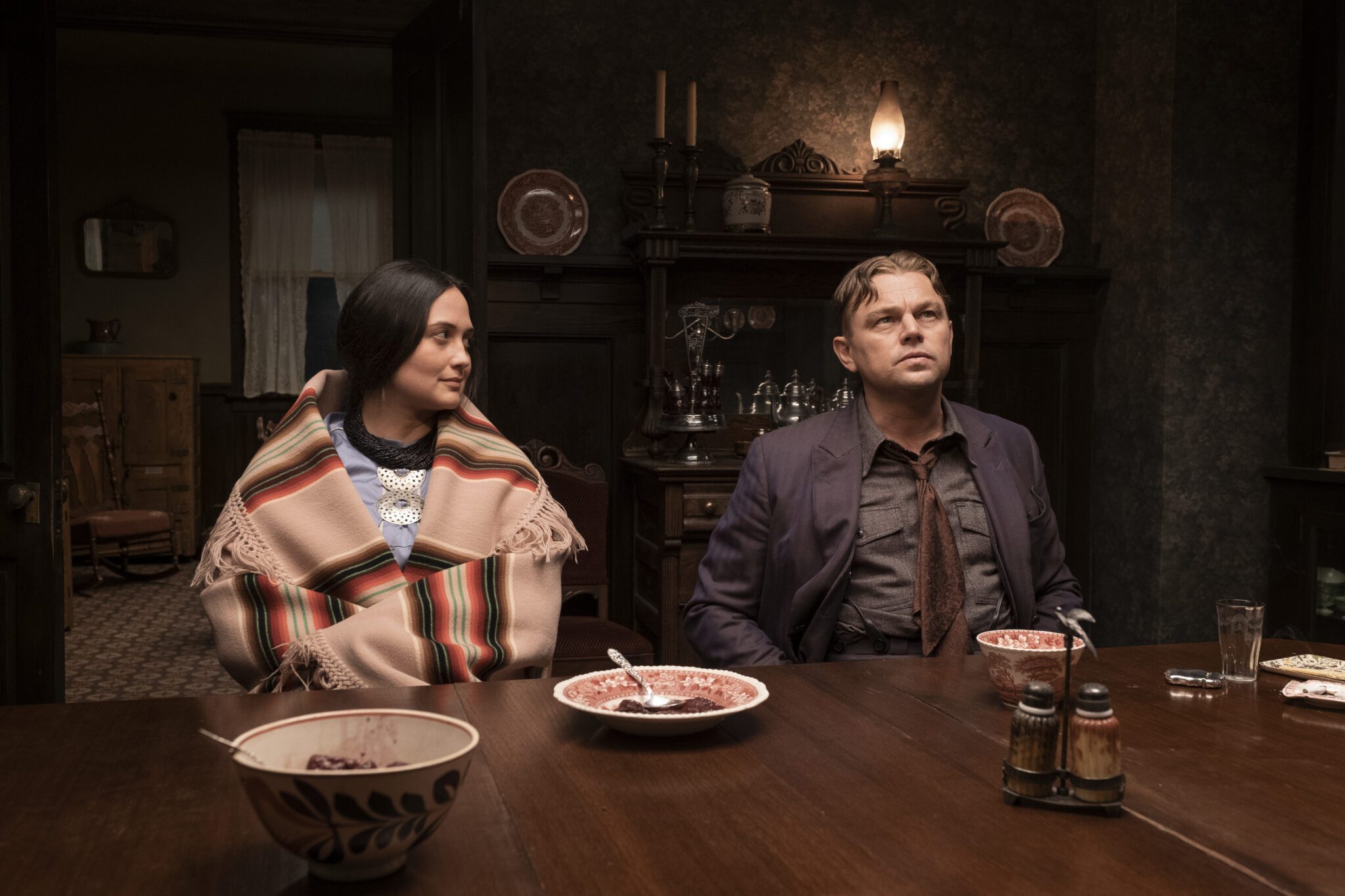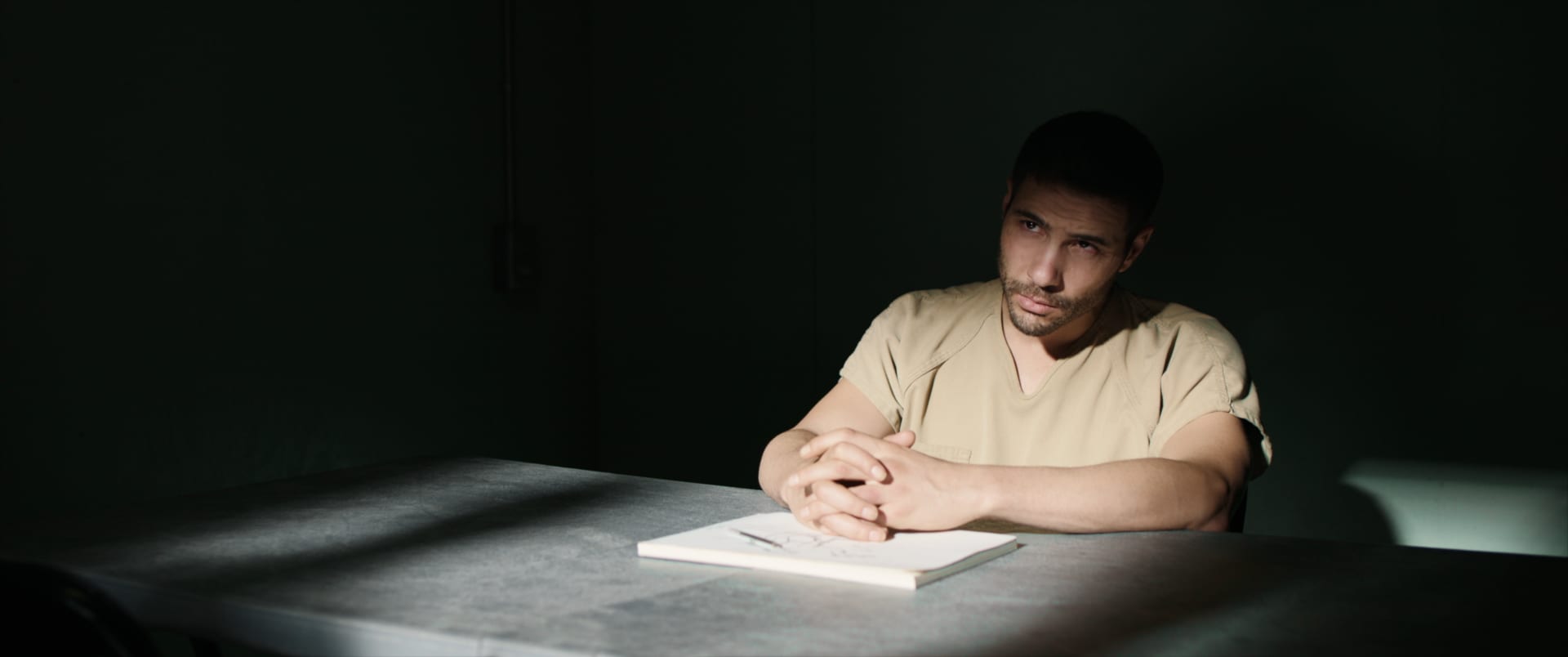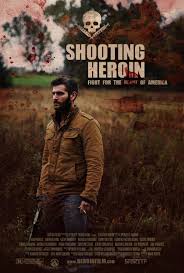Set at the turn of the 20th Century, Killers of the Flower Moon tells the story of Ernest Burkhart (Leonardo DiCaprio), a war veteran who arrives at his uncle’s farm looking for a job. When he arrives, his uncle, William Hale (Robert DeNiro), speaks about his advocacy and partnership with the Osage Nation, who becomes some of the richest people in the world overnight after the discovery of oil on their land. Hired as a taxi driver, Ernest meets Mollie (Lilly Gladstone), a beautiful Osage woman who is heir to a vast fortune. However, as the two strike up a relationship, the nation becomes plagued with mysterious deaths of the Osage people that threatens to undercut their families and the vast wealth that they have acquired.
Directed by Martin Scorsese, Killers of the Flower Moon is an absolutely incredible deconstruction of Western mythology. Whereas American history has often celebrated its dedication to conquest, this is a story that reminds us of the damage that was caused in its wake. With an eye on those who would create opportunity for themselves, Flower Moon speaks on behalf of the Osage populations who were devastated by the greed of White Colonialists.
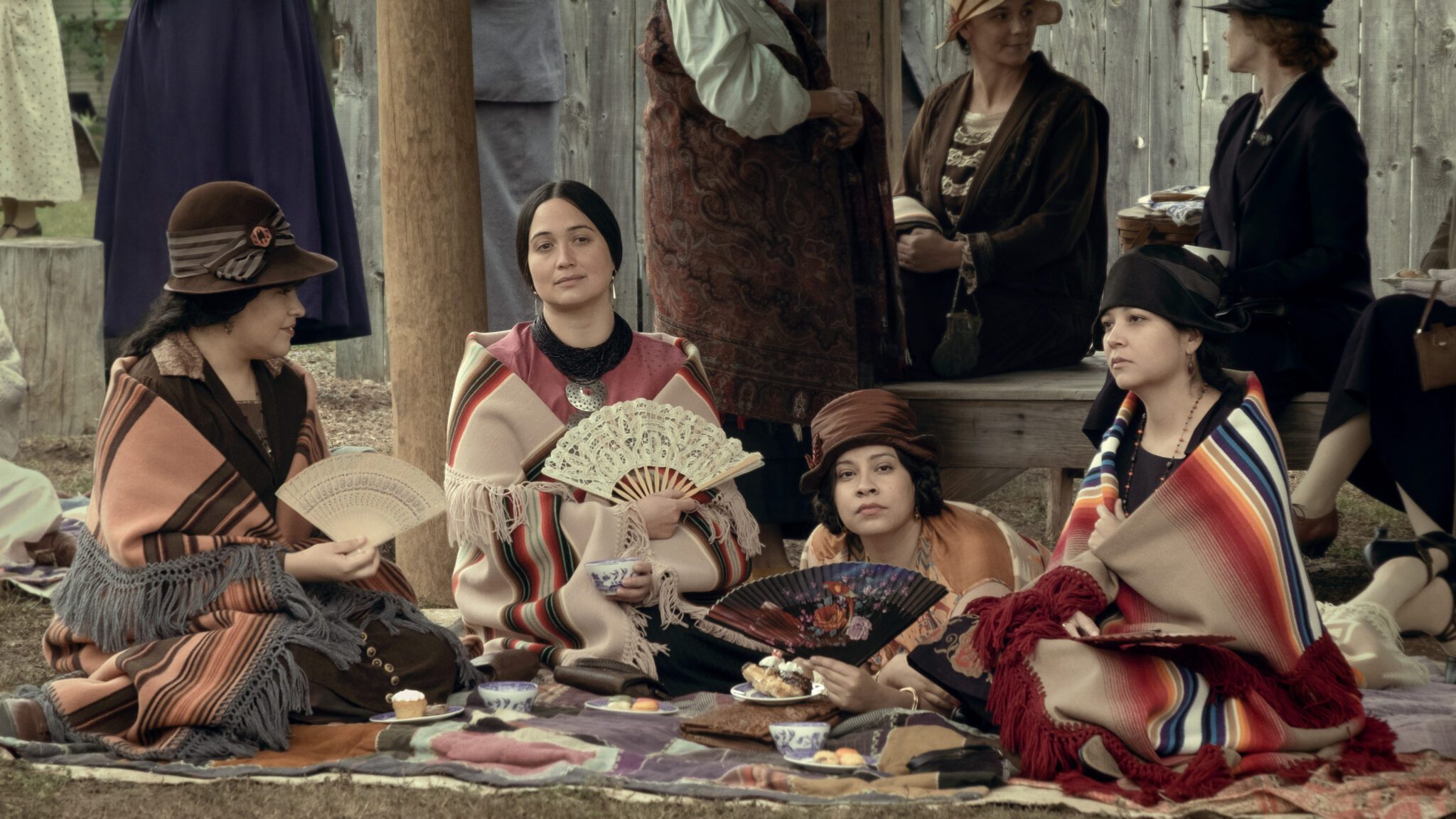
But Scorsese ensures that this is a film that’s about much more than money.
Instead, he also speaks to cultural erasure that the Osage at the hands of white opportunists. Despite their fortune (or, rather, because of it), the Indigenous population slowly finds themselves drained of life by those who want control of their oil reserves. In this way, Flower Moon becomes an active apology for the colonialist ethos, and the ways that it purposefully sought to damage their culture and world.
In many ways, Flower Moon’s success lies at the feet of its performances. With an aloof brutality, DiCaprio plays Ernest with such convincing obliviousness that one can’t help but both pity and loathe him at the same time. (In fact, it’s rare for us to see DiCaprio play such an inimitable rube.) Even so, at every moment, he seems to be easily taken advantage of at the hands of his darker uncle. At the same time, DeNiro leans into his character’s villainy with a snarl, giving him a duality him that makes him intriguing to watch. In one moment, he can seem to be the brightest of supporters, charming the Osage population and helping them believe that he is their ally. In the next, he dominates the room with a quiet rage that taps into some of the great characters of his past.
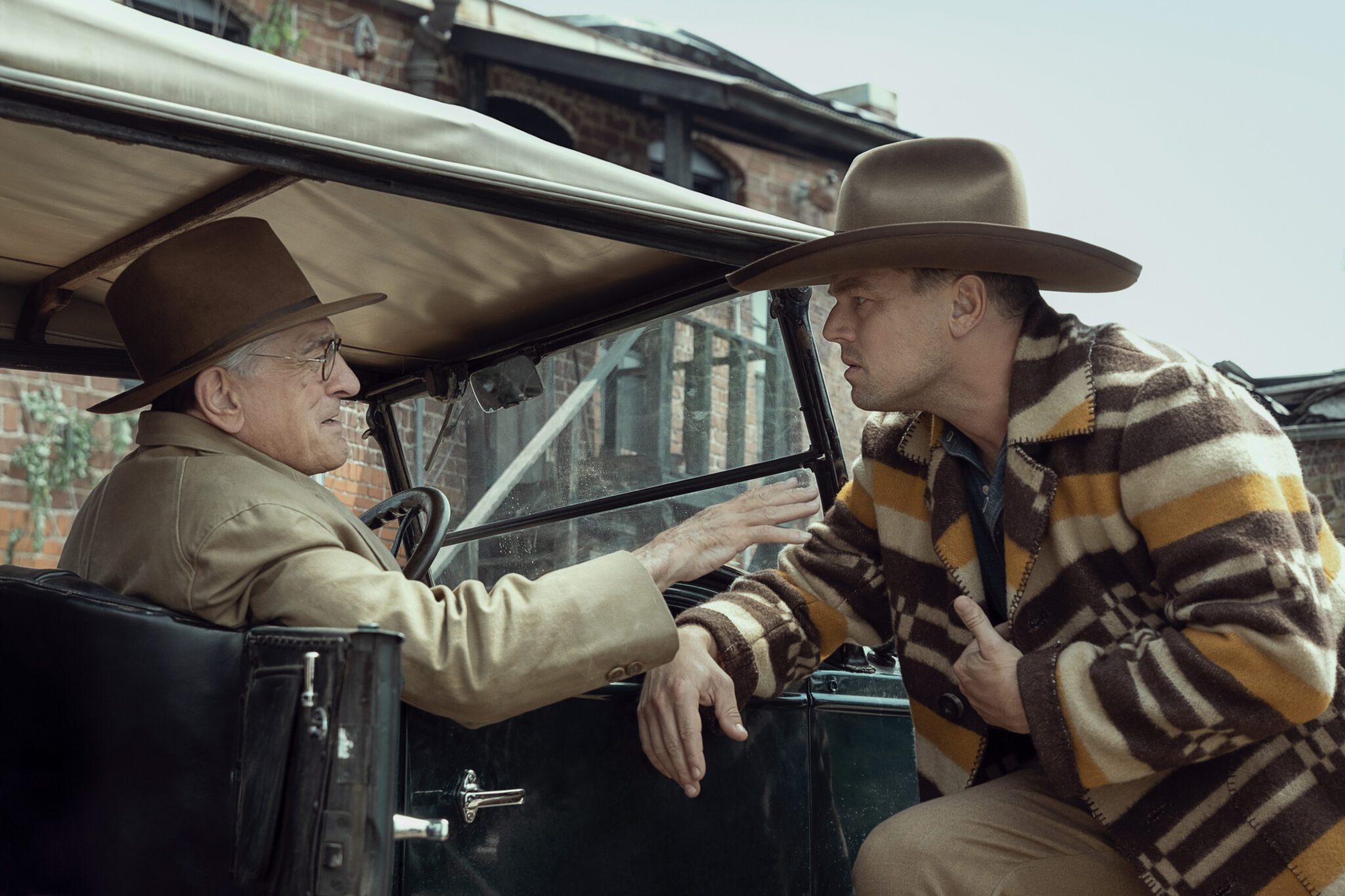
Nevertheless, the performance that shines most brightly remains Gladstone. As Mollie, Gladstone has a quiet courage and ferocity about her that makes her sparkle on screen. Despite the people who would take advantage of her and her people, she brings a certain sense of awareness to her character that suggests that she’s conscious of the duplicity of others, even if she is helpless to do anything about it. (Make no mistake. Her name will likely come up repeatedly when Oscar season begins.)
Admittedly, casual viewers will likely balk at Flower Moon’s 206-minute runtime. At this point in his career, Scorsese continues to push the length of his films further and further. (In fact, his shortest big screen release in the last decade is 2016’s Silence, which still clocked in at 162 minutes.) Even so, one might suggest the Flower Moon could be more marketable with a shorter runtime, there’s little question that, with more time, Scorsese is able to maximize the power his American tragedy. This is a film that allows its moments between characters to stew at their own pace—and is all the better because of it.
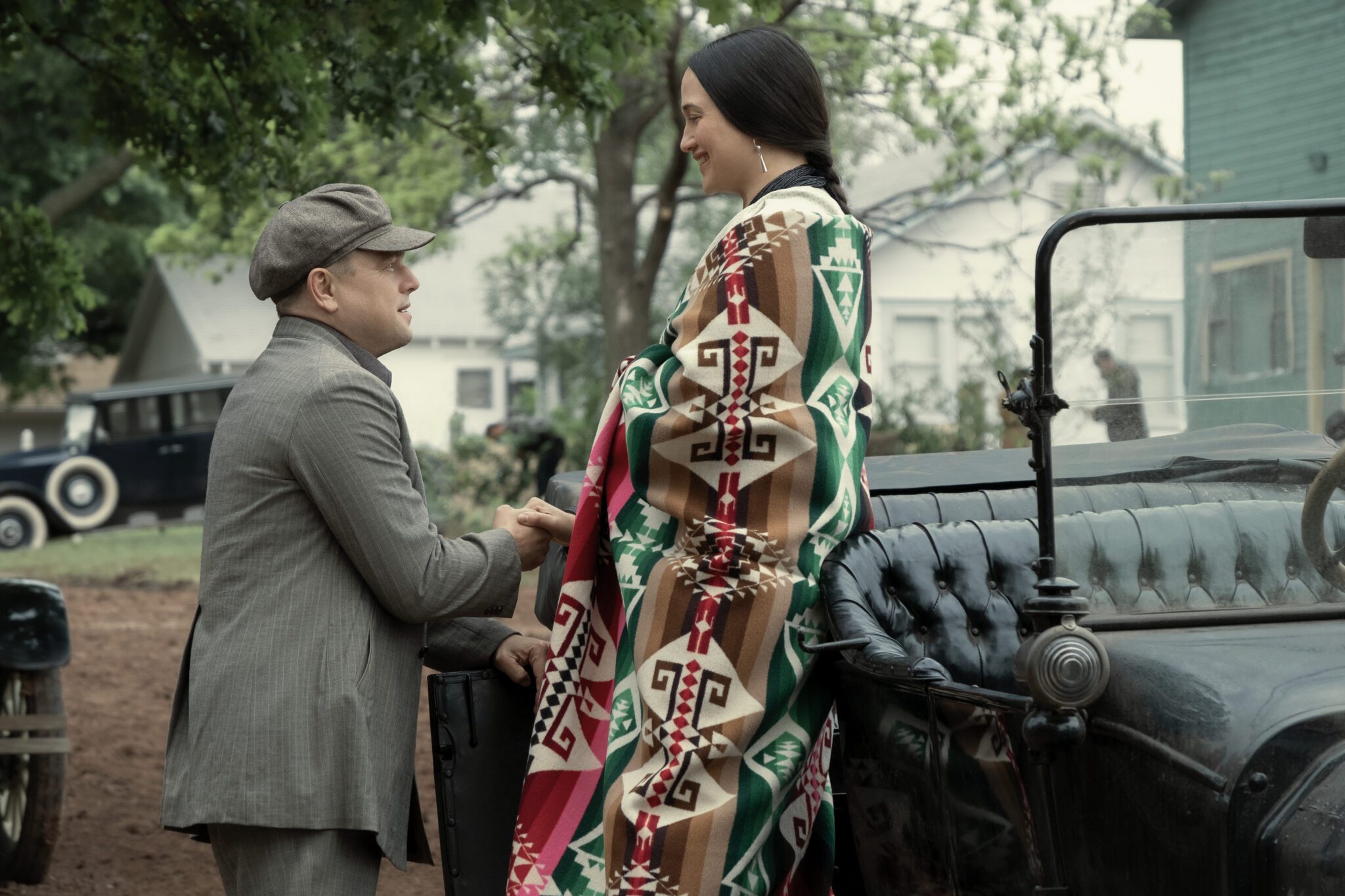
Without question, the most heartbreaking aspect of Flower Moon is the fact that it lies in the truth of history. Based on the nonfiction book of the same name, Scorsese’s film taps into another tale of the nation’s shame that reframes our understanding of the past. Frankly, the darkness within this American tragedy is so pervasive that one cannot help but weep. This was a time when people believed in the American Dream but that reality became a nightmare for others. With prosperity firmly in view, the well-being of others becomes secondary. However, as the body count rose, no investigations were taking place and no stories were being told on behalf of the victims.
Here, genocide was being justified for the sake of commerce. But have things really changed?
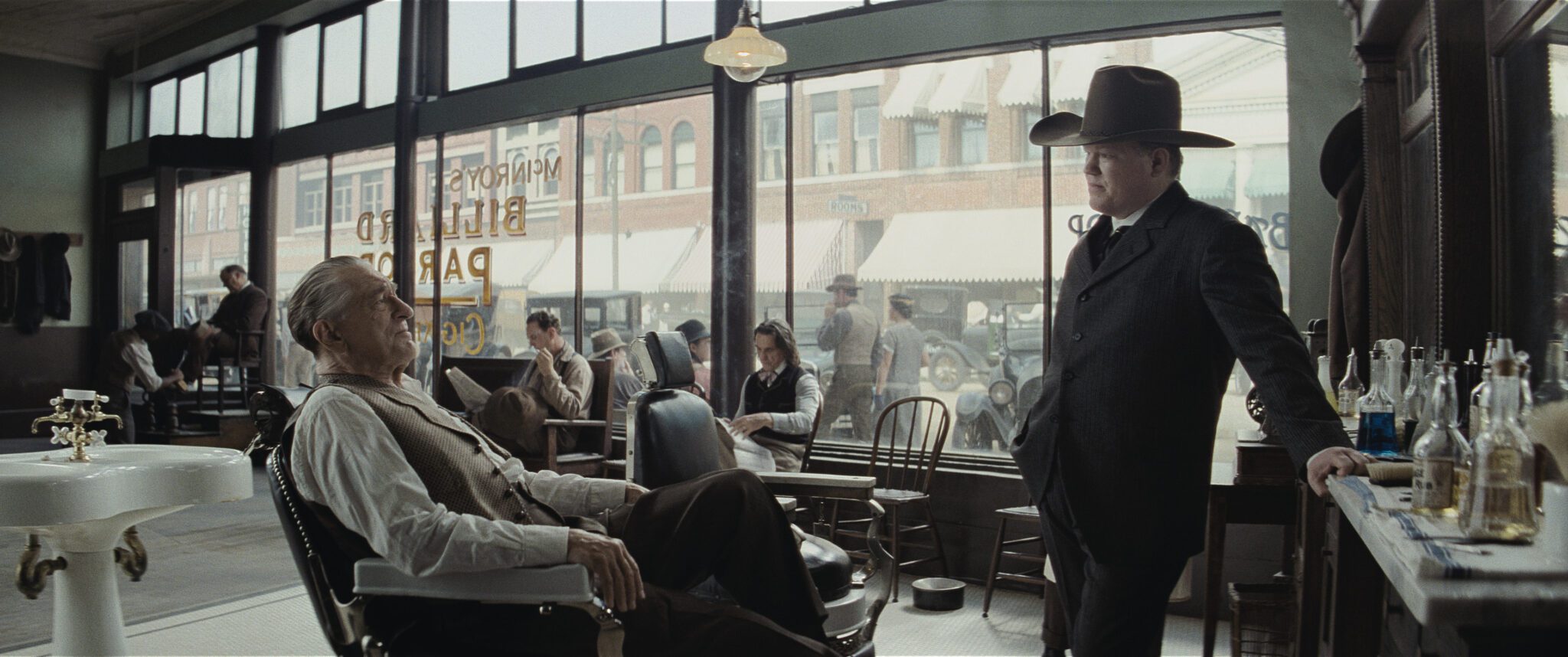
Coming at a time when we currently continue to discover unmarked that are filled with Indigenous bodies, the film speaks to the wretchedness of a culture obsessed with their own desires and the evils of its colonialist way of life. With this in mind, Flower Moon speaks to the challenge of the narrow road of righteousness, at a time when most are willing to take the wider path to evil. As Ernest finds himself torn between money, honour and love, he seems to become a case study for the next chapter of American history. His success and courage may give a glimmer of hope that things can change. On the other hand, his failure may become a damning inquest into the permanence of a world of greed and racial tension.
In short, the battle for Ernest becomes a war waged for America’s soul
Fueled with rage and heartbreak, Killers of the Flower Moon leaves a mark on the viewer that weighs upon them. Although the film is (mostly) non-graphic, one can’t help but sit quietly and reflect after the credits roll. In the way that only a master can do, Scorsese has unraveled the mystique of the West in order to give voice to those who had it stolen from them.
Killers of the Flower Moon is available in theatres on Friday, October 20th, 2023.

